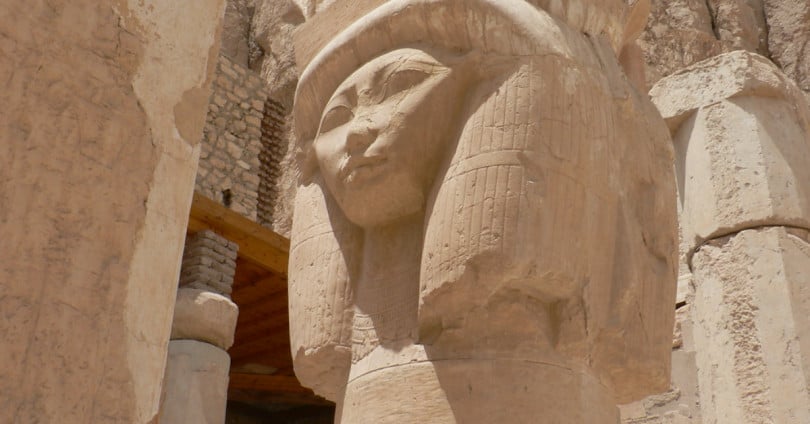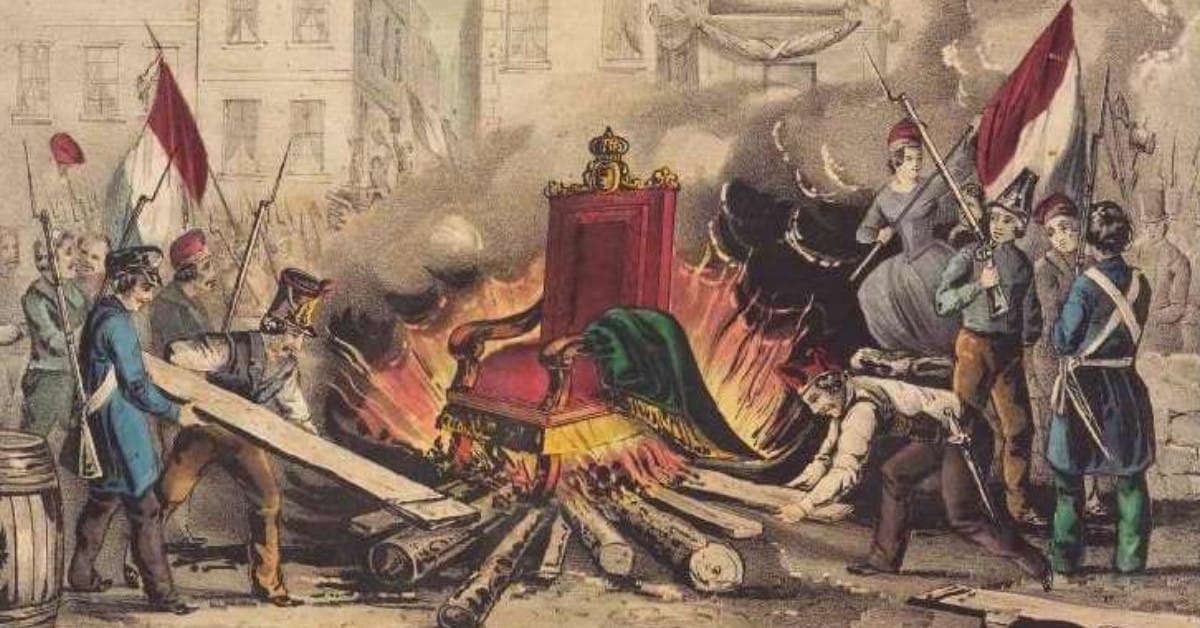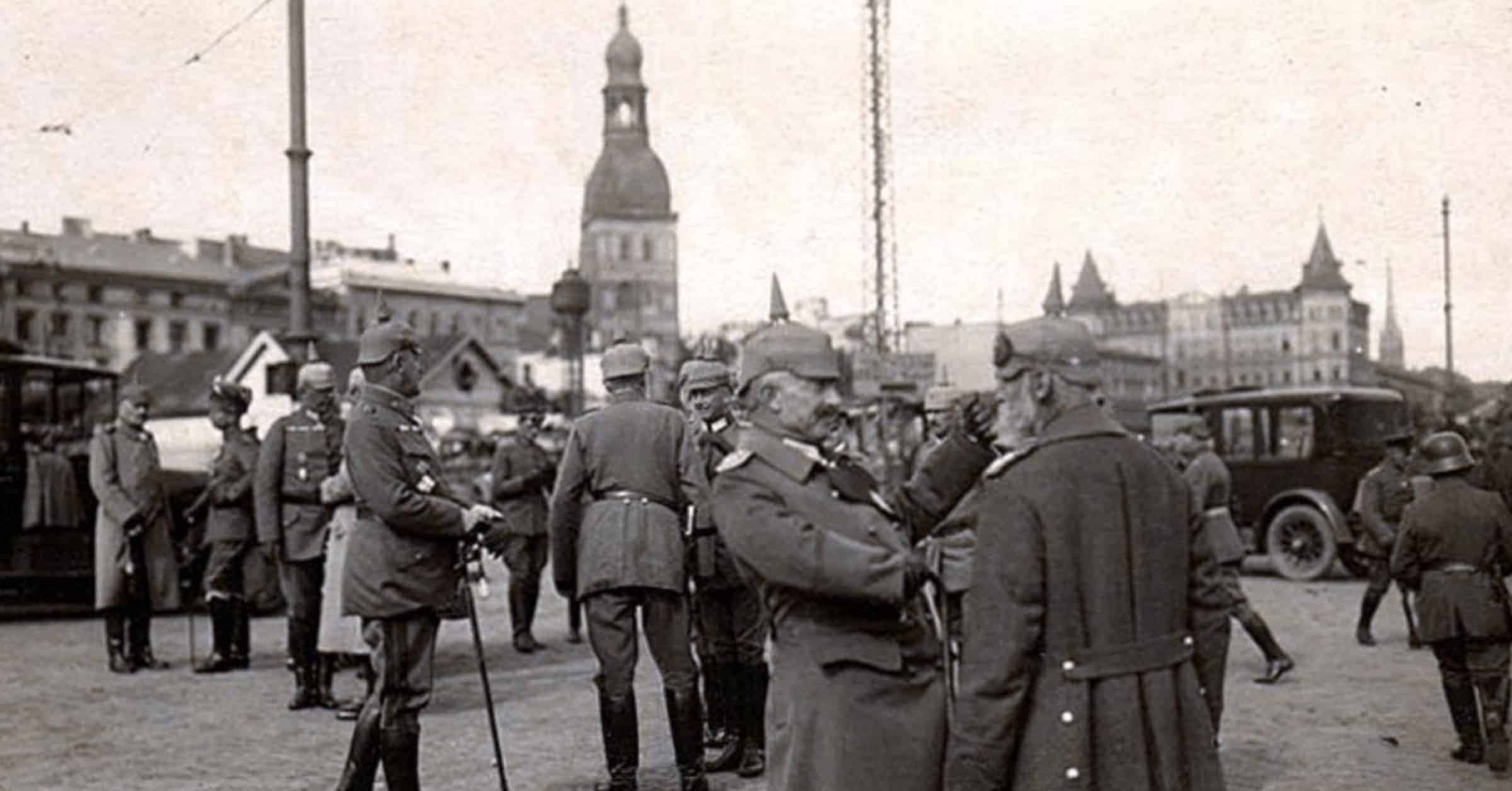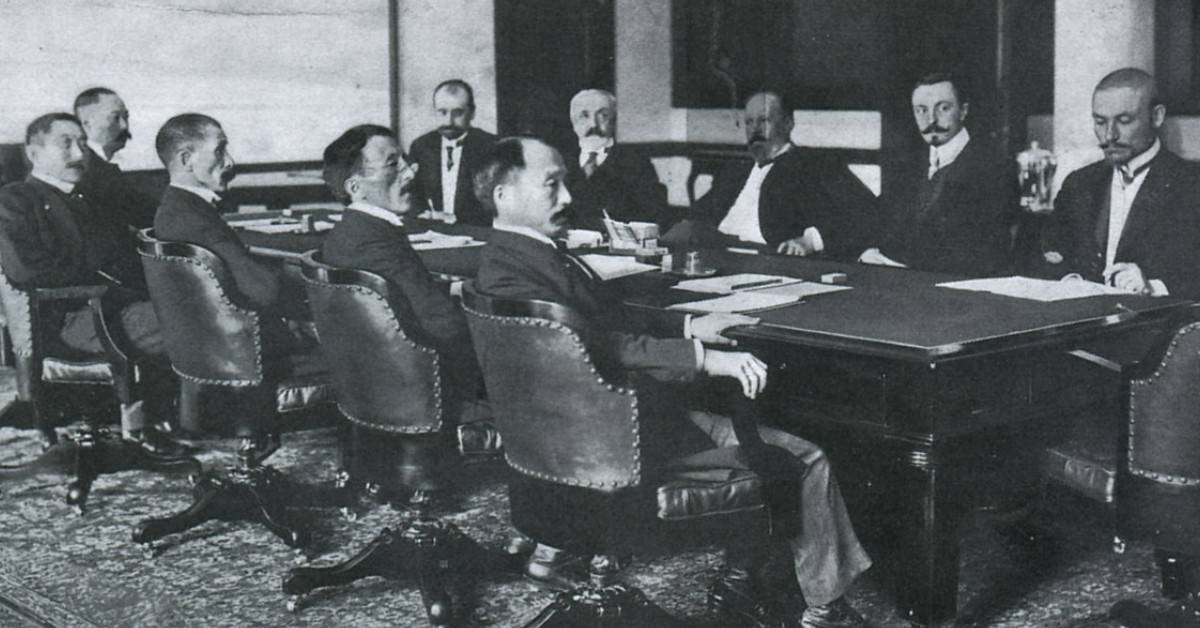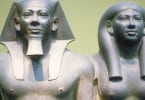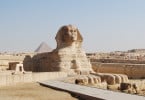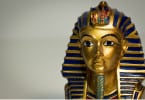Who was Queen Hatshepsut?
The longest-reigning female pharaoh in Egypt
Hatshepsut was the female pharaoh of the XVIII dynasty of the New Kingdom of Ancient Egypt who ruled the country around 1479 – 1458. BCE.
Queen Hatshepsut was the daughter of the third pharaoh of the XVIII dynasty of Thutmosis I and Queen Yakhmos – the daughter of the founder of the dynasty of pharaohYahmosIand Queen Yakhmos-Nefertari. Thus, she was the granddaughter of Yakhmos I. The name Hatshepsut means, “In front of noble ladies.”
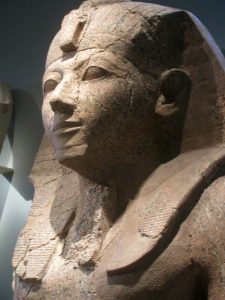
Siblings of Queen Hatshepsut
Hatshepsut had only one sister, Nefrubiti, as well as two siblings, Wajmos and Amenmos, and half brother of Thutmose II from the secondary queen Mutnofret. The two younger brothers of Hatshepsut: Wajmos and Amenmos died in infancy. Her sister Nefrubiti also died before the death of her mother. Therefore, after the death of Thutmose I, she married her half-brother Thutmose II, thus preserving the continuity of the royal dynasty, since Hatshepsut was pure royal blood. Even during the life of her father, Hatshepsut became the “Spouse of God” – the supreme priestess of The ban god, Amon.
The Mighty Bull
After the death of Thutmose II at a fairly early age, his only heir was the young Thutmose III, the son of one of the younger wives of the pharaoh Isis. Hatshepsut, having achieved significant influence during the life of her father and husband, ruled the state on his behalf and held the throne for 22 years.
Having come to power, Hatshepsut began to be depicted in the headdress of the huts with uraeus and a false beard. Initially, the statues and images of Hatshepsut represented her with a female figure, but in men’s clothes, and later her image was finally transformed into a male one.
The prototype of such images of Hatshepsut can be considered the few surviving statues of Queen Nefrusebek, which are also characterized by a combination of male and female canons. Nevertheless, in the inscriptions on the walls of the temples, the queen continued to call herself the most beautiful of women and refused one of the royal titles – “The Mighty Bull”.
Queen Hatshepsut’s Red Sanctuary And The Deir Al-Bahri Temple
Hatshepsut completed the restoration of Egypt after the Hyksos invasion and erected many monuments throughout Egypt. She is one of the first known women in world history, and, along with Tutmosis III, Ramses II, Akhenaten, Tutankhamun and Cleopatra VII, one of the most famous Egyptian rulers.
The reign of Hatshepsut marked the unprecedented prosperity and exaltation of Egypt. Of all the spheres of her state activity, Hatshepsut proved herself primarily as a construction pharaoh. More of it was built only by Ramses II. Queen continued construction in Karnak: she erected the so-called “Red Sanctuary” of Hatshepsut for the ceremonial boat of the god Amun, erected giant granite obelisks and erected the VIII pylon in the temple of Amon, built the sanctuary of Amon-Kamutef and significantly expanded the temple of the wife of Amon – the goddess, Mut.
But the most famous architectural monument of the time of Hatshepsut is the beautiful temple in Deir al-Bahri in the remote western part of Thebes, which in ancient times was called JesserJesser- “The Most Holy of the Sacred.” At one time, this temple was largely unique, demonstrating the impeccable harmony of the architectural complex 1000 years before the construction of the Parthenon in Athens.
Near Deir al-Bahri, also west of Thebes, Hatshepsut ordered the construction of a special sanctuary in Medinet Habu on the site of the sacred hill of Jame, under which the snake Kematef, the embodiment of the creative energy of Amon-Ra, rested at the beginning of time.
Also known as the rock temple erected by the Queen Empress in the future, SpeosArtemidos in honor of the lion-headed goddess Pachet, as well as the temple of the goddess Satet on the island of Elephantine. Architectural fragments with the name of the queen were found in Memphis, Abydos, Armant, Kom Ombo, El Cabe, Germopol, Kusa, and Hebenu.
Queen Hatshepsut’s Death
Hatshepsut died of illness at about the age of 50. The official receiver Thutmose III, who came to power, ordered to destroy all information about the late Hatshepsut and all her images in revenge for the long deprivation of his power, so for a long time, almost nothing was known about her. The huge gilded obelisks in Karnak were laid with masonry or simply covered with sand, many images of the queen from the temple in Deir al-Bahri were destroyed or buried nearby, and the name Hatshepsut was excluded from the official temple lists of the pharaohs of Egypt.
Hatshepsut Attractions Surviving Today
1.Temple of Queen Hatshepsut
The memorial rock temple of Queen Hatshepsut, located in Deir al-Bahri in the remote western part of Thebes, was built over the course of 9 years, presumably from the 7th to the 16th year of the reign of the queen, by the architect Senmouth.
2.The Red Sanctuary in Karnak, Luxor
The red sanctuary at Karnak, recently completely restored from disparate blocks, was erected by Hatshepsut for the ceremonial boat of the god Amun. The relief images on the walls of the sanctuary are dedicated to the companionship of Queen Hatshepsut and Thutmose III.
3.Hatshepsut Obelisk in Karnak, Luxor
The two Hatshepsut obelisks, each 29.56 m high, located next to the pylon of the Amon Ra Temple in Karnak, were the highest of all previously built in Egypt until they were laid with masonry by Thutmose III. Only one of them has survived to this day.
4.Temple complex in Medinet Habu, Luxor
The Temple of Amon is one of the earliest temples in MedinetHabu, built during the reign of Queen Hatshepsut and Thutmose III. Subsequently, the temple expanded and rebuilt over one and a half thousand years. Under Ramses III, the temple of Amon became part of a single complex with the memorial temple of Pharaoh.
5.Valley of the Pharaohs
Work on the first tomb of the queen began even when she was the main royal wife of Thutmose II in the rocks of WadiSikkat Taka al-Zeid, south of the temple in Deir al-Bahri. When Hatshepsut became a pharaoh, work on it was stopped, and in the rocks of the Valley of the Pharaohs, the main tomb of Hatshepsut – KV20 was cut down.
The idea of the queen was to connect the tomb with the nearby memorial temple in Deir al-Bahri with a grand tunnel, however, due to the fragility of the limestone rocks, this idea was abandoned. Since work on the move had already begun, it was later turned into an extensive burial chamber, where the mummy of the father of Queen Tutmosis I was transferred from the tomb KV3
See Also
King Khufu Biography
How did ancient Egyptians build the pyramids

